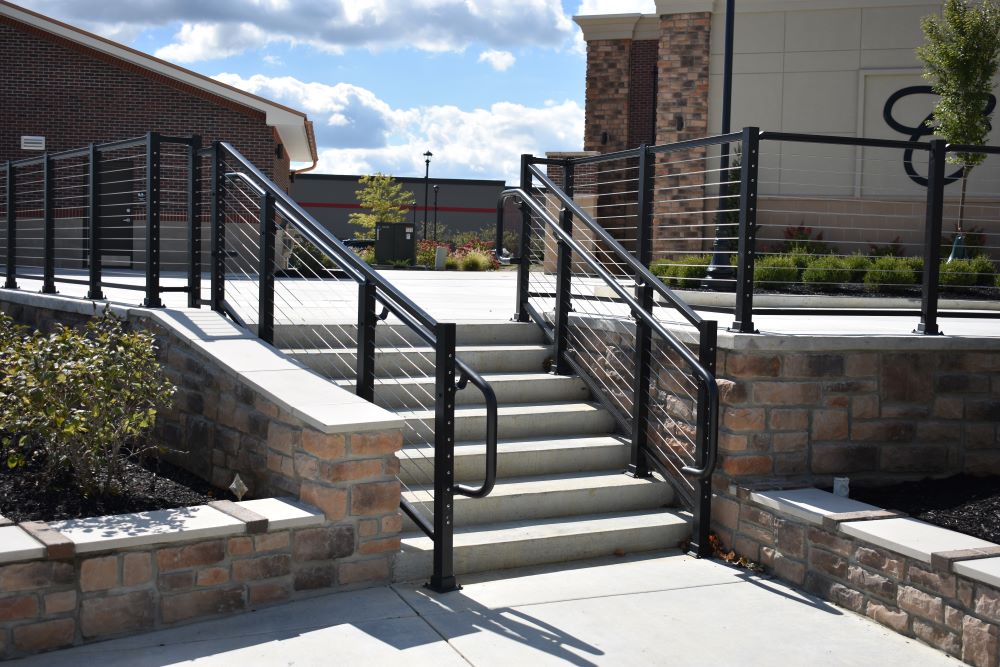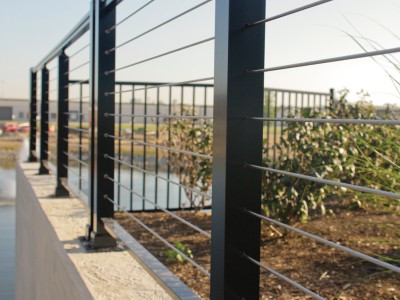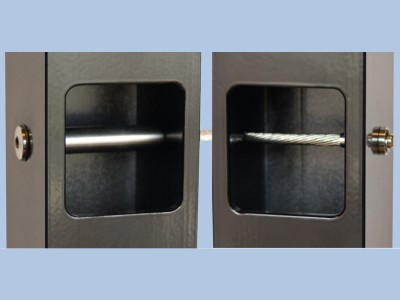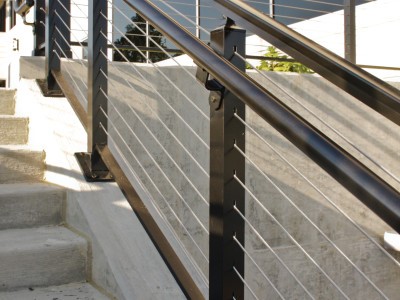The Ladder Effect in the International Building Code
Some resources will tell you that products such as Superior Aluminum Series 9C Cable Railing, 5C Pipe Cable Railing, and 9H Horizontal Rail do not meet code requirements because they cause a “ladder effect.” However, this is a myth stemming from one code edition nearly 20 years ago referencing this phenomenon that was quickly revoked. Furthermore, all reference to said “ladder effect” was removed in the next and all subsequent editions of the code. In addition, numerous hours of research have been performed, and no issue of safety has been determined in regards to a railing with horizontal components.
Since this research was complete, no wording referring to the “ladder effect” has returned to any coding documentation. Additionally, it’s important to note that the ICC’s commercial code (herein referred to as the IBC) has never contained any wording restricting the use of horizontal components in guardrails. The exact wording of the various editions of the IRC can be seen below.









